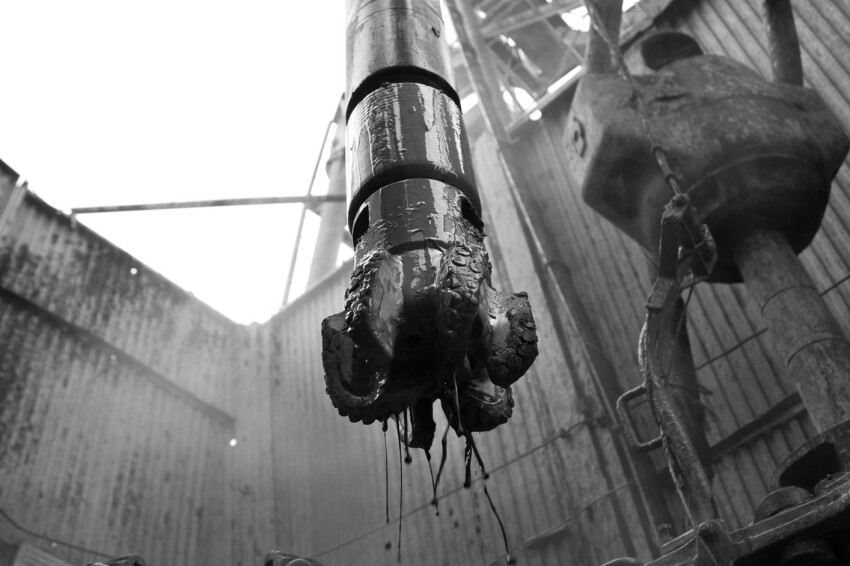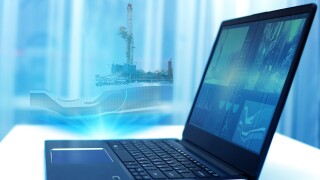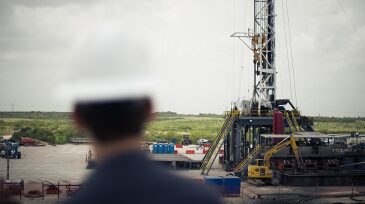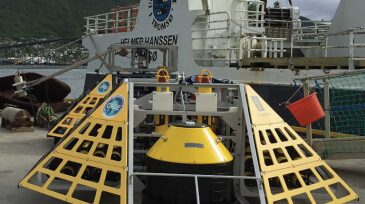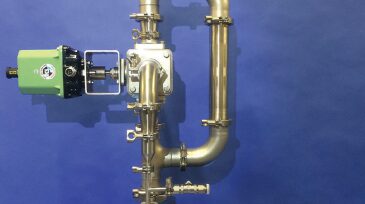Drilling automation
This research aims to develop a fluid-advisory system that provides recommendations for optimal amounts of chemical additives needed to maintain desired fluid properties in various drilling-fluid systems.
The SPE Drilling Systems Automation Technical Section has a new name—and a bigger mission. Discover how DSATS is evolving beyond automation to drive smarter, more connected, and more human-centered drilling systems for the future.
This paper presents the development of a digital tool for automatically analyzing the readiness of a borehole to accept casing. The tool integrates data-driven and physics-based models to indicate locations of risk along the wellbore.
-
With limited resources and lots of dedication, West Virginia University students wowed judges of the ATCE Drillbotics drilling automation challenge with the automated drilling device they built.
-
As systems automation becomes more widespread in drilling, simulators are required to plan, train rig crews, and monitor real-time operations.
-
This paper shows how automation reduces invisible lost time and allows drillers to focus on other activities while repetitive tasks are controlled by software.
-
To accelerate learning, an operator deployed a real-time, closed-loop downhole automation system (DHAS) in conjunction with wired drillpipe in the 8¾-in.-hole section.
-
This paper presents the LCDSS and elaborates on the use of it in the preparation and training phase and the operational phase, including forecasting.
-
In the Eagle Ford, an integrated approach to engineering and operations was key to optimize performance and improve understanding of the area.
-
A number of companies are pushing for alternative approaches to offshore development that seek to access marginal reservoirs. Their differing and unique ideas call for a departure from the usual playbook, but share a common goal of slashing capital costs.
-
Anyone selling something new for offshore exploration and production has to be able to answer a simple question from customers, “How can we save some money?” For Norwegian oil companies, change is coming in many forms: steel, sensors, software, and standards.
-
Automated particle-size analyzers are something you will not see on most drilling rigs, but some think this outside-the-oil-field technology will play a big role in the future of the drilling sector.
-
A pilot project carried out by Hess demonstrates how quickly automated drilling technology is able to take a rig from the bottom of the pack in terms of performance and push it to the top.

